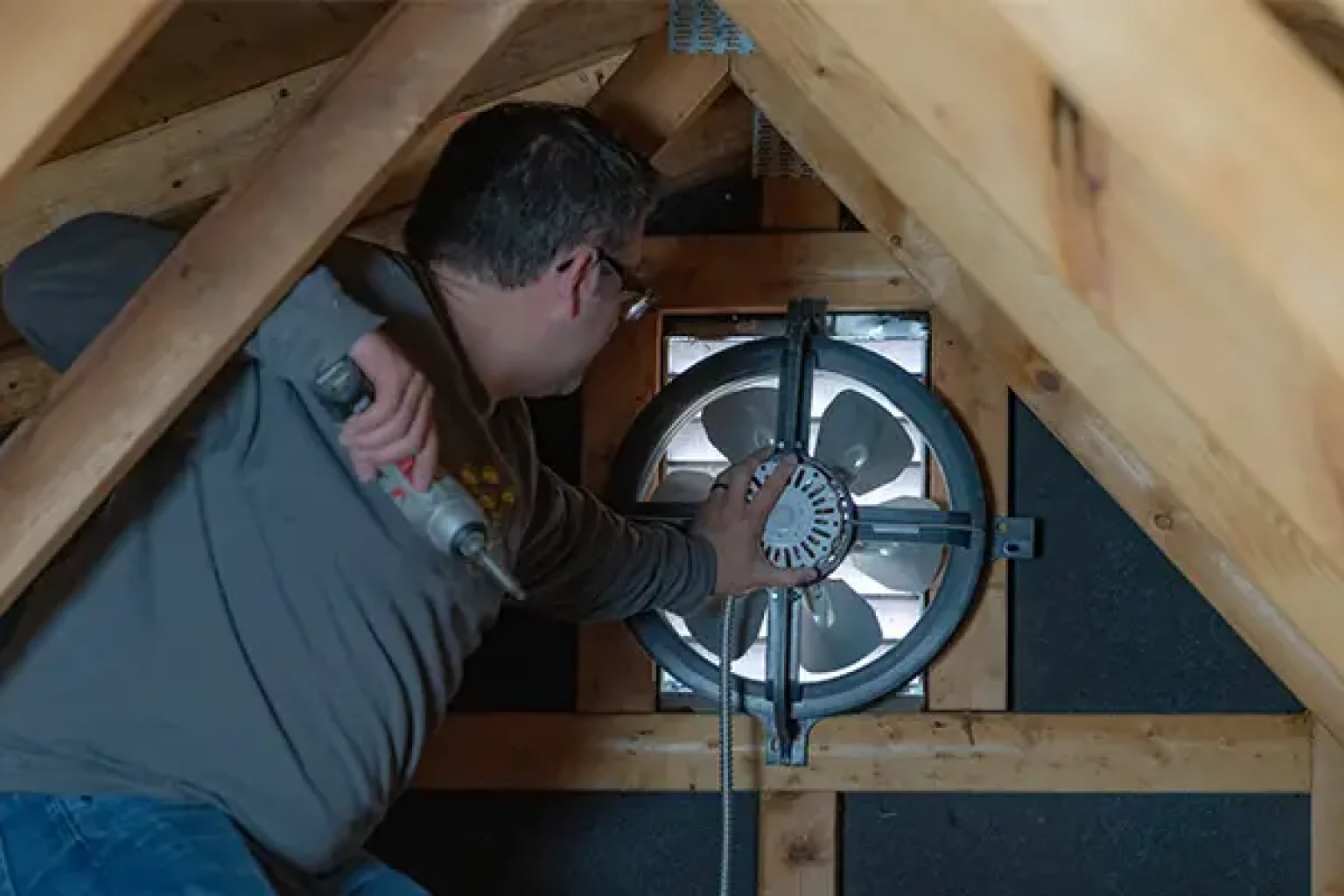Attic fans can be an excellent addition to your home, as they help regulate temperature, improve air circulation, and prevent moisture buildup. In this article, we’ll explore the top factors to consider when choosing an attic fan, the main types available, ideal CFM (Cubic Feet per Minute) values, and other essential information. By the end of this guide, you’ll have a better understanding of attic fans and be well-equipped to make an informed decision.
Table of contents
Top Factors to Consider When Choosing an Attic Fan
When selecting an attic fan, there are a few key factors you should take into account:
- Type of Attic Fan: The two main types of these fans are gable mount and roof mount, and each has its own benefits and drawbacks.
- CFM and Coverage Area: The attic fan’s CFM value and coverage area are essential for ensuring adequate ventilation.
- Durability and Material: The material used for the attic fan can impact its lifespan and performance.
Main Types of Attic Fans
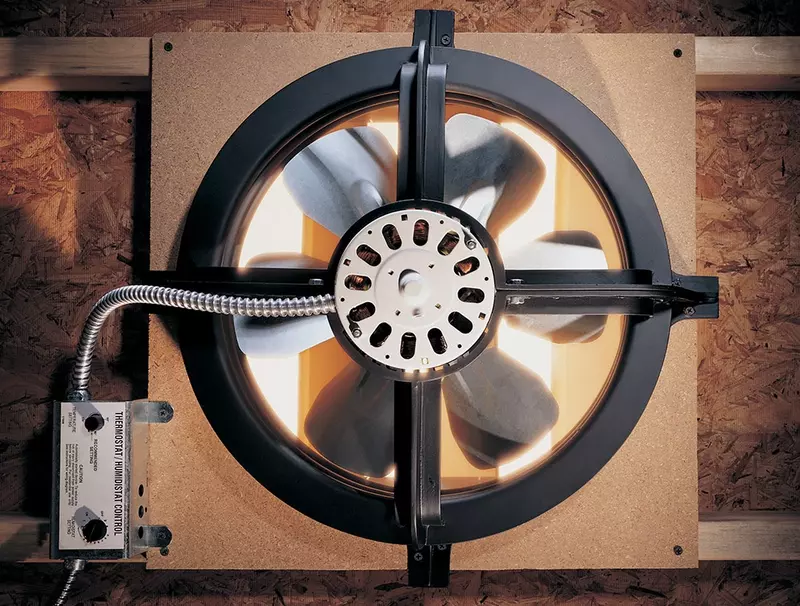
There are two primary types of these fans to choose from:
Gable Mount Attic Fans
Gable mount attic fans are installed in the gable end of your home, usually behind an existing gable vent. These fans are relatively easy to install and typically require less roof penetration.
Roof Mount Attic Fans
Roof mount fans are installed directly on the roof, which can make installation more challenging. However, they provide more efficient ventilation, as hot air naturally rises to the highest point in the attic.
Understanding CFM and Attic Fan Coverage
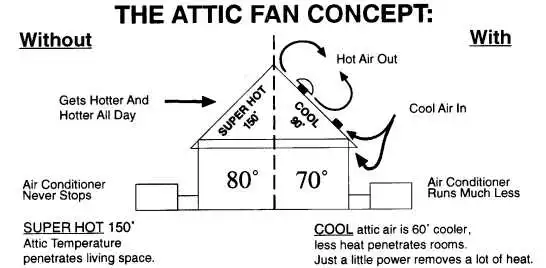
Attic fans are rated by their CFM, which measures the volume of air that the fan can move per minute. A higher CFM generally means better ventilation, but it’s essential to choose a fan with the appropriate CFM for your attic size.
To calculate the required CFM for your attic, you can use the following formula:
Attic square footage × 0.7 = Required CFM
Keep in mind that a fan with a higher CFM than needed may result in excessive energy consumption and noise.
Durability and Material
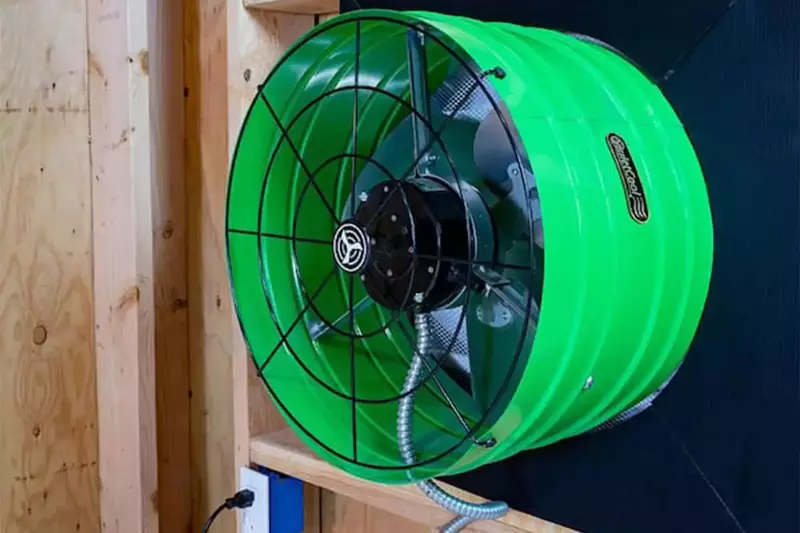
When selecting an attic fan, durability is crucial. The most durable attic fans are made from rust-resistant materials like aluminum, stainless steel, or galvanized steel. These materials can also withstand the elements and ensure a longer lifespan for your attic fan.
Solar Attic Fans: A Green and Energy-Efficient Alternative
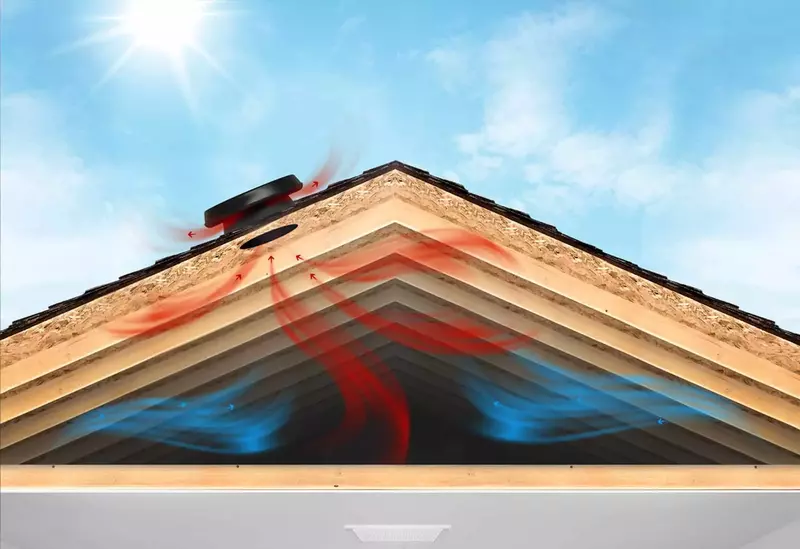
In addition to a traditional electric attic fan, solar attic fans have become an increasingly popular choice for homeowners seeking a more sustainable and energy-efficient solution. These fans harness solar power to operate, reducing electricity consumption and, in turn, lowering energy costs. In this section, we’ll discuss the benefits of solar attic fans and their installation process.
Benefits of Solar Attic Fans
- Energy Efficiency: Solar attic fans use the sun’s energy to power their operation, which means they require no electricity from the grid. This can lead to significant energy savings in the long run.
- Environmental Friendliness: By using renewable energy, solar attic fans help reduce your carbon footprint and contribute to a more sustainable future.
- Tax Credits and Incentives: In some cases, you may be eligible for tax credits or incentives when installing a solar attic fan, making them a cost-effective option.
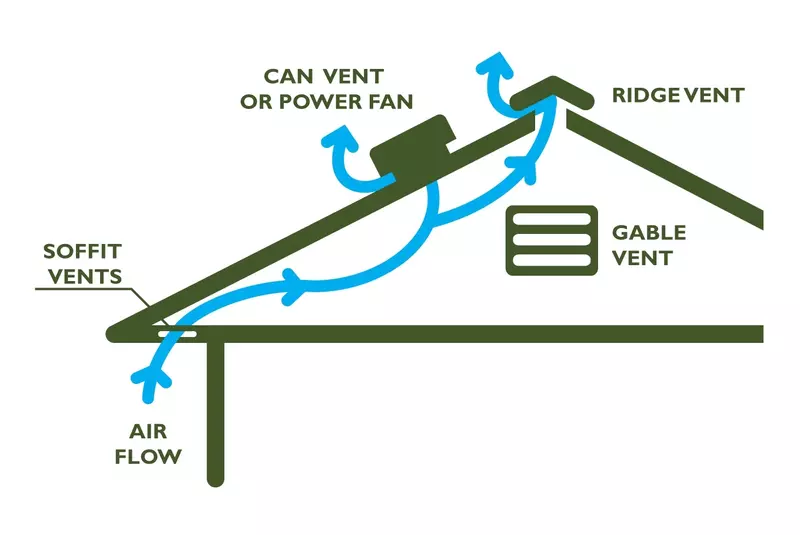
Installation of Solar Attic Fans
Solar attic fan installation shares some similarities with traditional attic fan installation, but there are a few key differences:
- Location: Choose a location for the solar panel that receives maximum sunlight exposure throughout the day. This may require installing the panel on a different part of the roof or an adjacent structure.
- Mounting the Fan: Solar attic fans can be installed as gable mount or roof mount, just like traditional fans. Follow the manufacturer’s instructions for proper mounting and installation.
- Connecting the Solar Panel: Securely connect the solar panel to the attic fan using the provided cables. Ensure the connections are tight and weatherproof.
- Venting and Electrical: The venting requirements for solar attic fans are similar to those for traditional fans. However, since they are powered by solar energy, there is no need for a dedicated electrical circuit.
Keep in mind that solar attic fans may have a lower CFM than their electric counterparts due to the limitations of solar power. However, they can still effectively ventilate your attic while reducing energy costs and contributing to a greener environment.
Installation Requirements
Venting

Proper venting is essential for an attic fan to function effectively. Ensure that your attic has enough soffit or gable vents to allow for proper air intake. A general rule of thumb is to have 1 square foot of intake vent for every 300 CFM of attic fan capacity.
Electrical
Attic fans typically require a dedicated electrical circuit. It’s best to consult with a licensed electrician to ensure that your electrical system can handle the added load and that the installation meets local building codes.
Attic Fan Operation and Lifespan
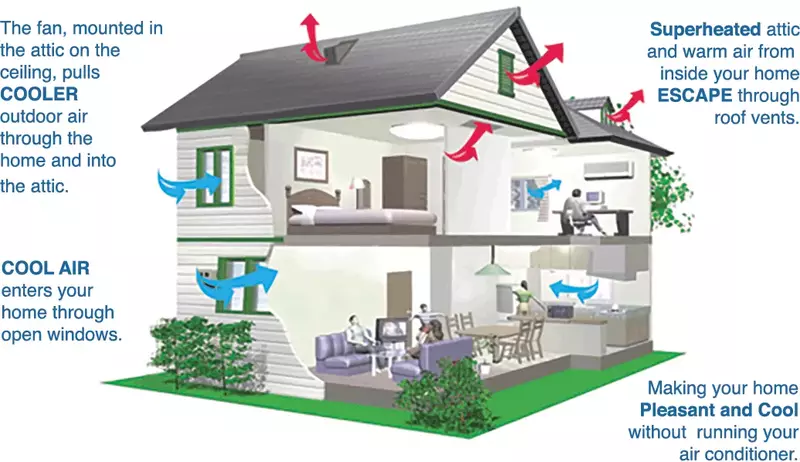
An attic fan doesn’t need to run all the time. Instead, it should be controlled by a thermostat that turns the fan on when the attic reaches a specific temperature. Some fans also include a humidistat, which triggers the fan when humidity levels are too high.
The lifespan of an attic fan can vary based on factors like usage, maintenance, and quality. However, a well-maintained attic fan can last anywhere from 10 to 15 years or more.
In conclusion, attic fans are a valuable addition to any home, helping to improve temperature regulation and prevent moisture buildup. By considering factors like the type of attic fan, CFM, and durability, you can make an informed decision that suits your specific needs. Remember to consult with professionals for proper installation and to comply with local building codes. With the right attic fan in place, you can enjoy a more comfortable and energy-efficient home for years to come.


